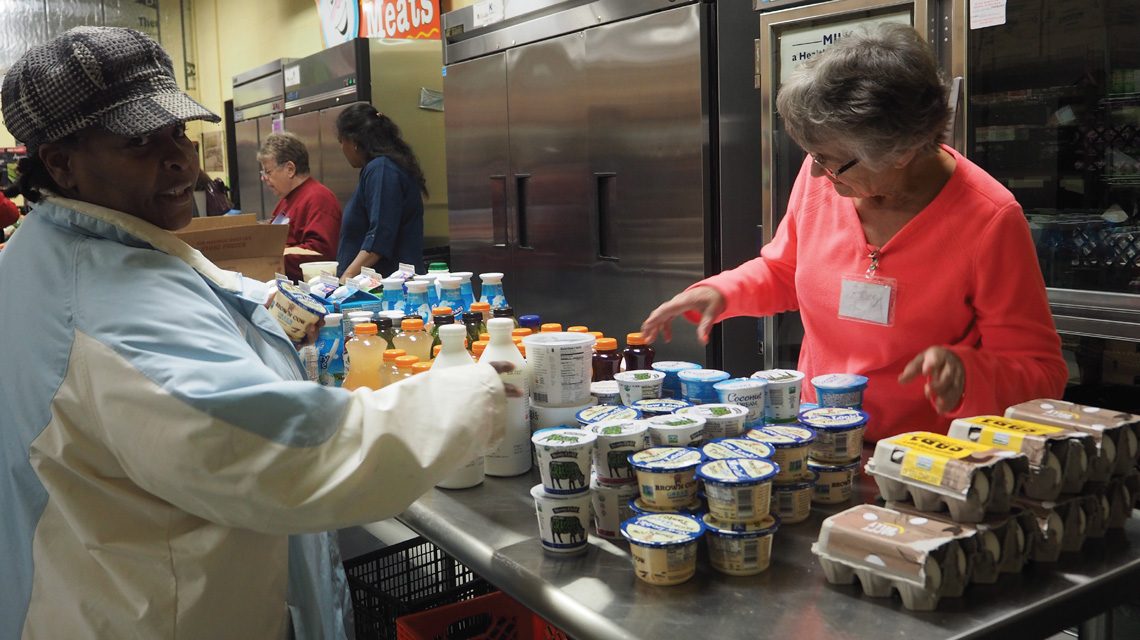
Applying human centered design approaches, graduate design students worked with Feeding America’s network of collaborators and experts to understand how senior citizens eat on a daily basis and the operational, social, and nutritional contexts through which senior citizens source their food and have a meal. Understanding context served as the reference point to envision demand-centered models of sourcing food, consequently re-envisioning current models of delivering food security. Ultimately, these social innovation ideas demonstrate new ways to impact livelihoods and community wellbeing in the United States.
Context
The population of United States is aging. The new generation of seniors have a diverse set of food challenges that is increasing the complexity for sustainable solutions, while reducing the capacity for food security. In this project, students applied systems design methodology to networks of large scale collaborators to develop new strategies for the future of food security. The focus was on seniors’ last mile, between accessing food and being able to produce meals.
Immersion and Collaboration
The project developed through collaboration between the IIT Institute of Design research team, Feeding America employees, staff and field experts, seniors from different areas and organizations in the state of Illinois, and experts from multiple disciplines. Throughout the semester, design-led activities such as workshops, a forum, and open sections for review and critique, structured the process, and exposed the project to critical and diverse contributions. Through continuous observation and intensive interaction, researchers were able to build an understanding of the logistics that take place for distribution of food and the experience seniors have when utilizing services within food pantries and mobile markets. While at food banks and pantries, the research team took part in volunteer activities to develop an understanding of the food journey by engaging in the process. They also prototyped design concepts with seniors and experts to expand the options of future scenarios while learning from fundamental challenges behind daily routines. Finally, the research team was able to design new concepts to reimagine the future of food security among seniors in the United States.

Proposed User Experience
By understanding context, the research team designed a system map that provides a clear visualization of potential stakeholders to be involved in the proposed designed system. By applying knowledge and resource brokering in networks and key stakeholders, Feeding America can build new relations and leverage existing assets to better serve seniors.
The team also created an infrastructure toolkit to help Feeding America navigate the complexity behind existing practices and explore new services and platforming though demand-center processes.

Finally, researchers explored four major ideas to demonstrate new ways to impact livelihoods and their communities wellbeing in the United States:
- Routine: A sequence of action regularly followed. Connecting seniors with supporting services for daily life activities.
- Temporary: Transitory situation. Providing to seniors the flexibility to manage financial, health and mobility services on-demand.
- Special: Greater or otherwise different from what is usual. Recognizing seniors as assets to their communities and culture.
- Emergency: Unexpected or disruptive situation requiring immediate action. Activating support systems to provide stability in vulnerable situations.
The four proposed system of interactions allow Feeding America to rely on multiple touchpoint, and provide seniors with critical service options, such as health test, financial consultancy, skill learning, leisure, mobility support, among others.